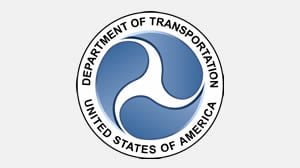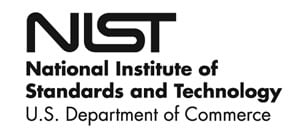RSS feed source: National Institute of Environmental Health Sciences
U.S. National Science Foundation-funded researchers have stabilized a composite material in a superconducting state at ambient or normal, everyday pressure. Their technique, called the “pressure-quench protocol,” offers a new approach for exploring and developing superconducting materials. Superconducting materials have the potential to enable highly efficient electronic devices and minimal energy loss in power grids.
Superconducting materials typically exhibit zero electrical resistance only at very low temperatures or very high pressures, depending on the material. Researchers at the University of Houston overcame these limitations by using their pressure-quench technique to stabilize a composite of bismuth, antimony and tellurium in a superconducting state under ambient pressure. This study, published in Proceedings of the National Academy of Sciences, also included contributions from researchers at the University at Buffalo and the University of Illinois Chicago.
Credit: Liangzi Deng and Ching-Wu Chu
A multi-purpose measurement device used in the pressure-quenching experiments can reach a temperature of 1.2 degrees Kelvin (-457 degrees Fahrenheit).
The new protocol also opens up a new way to explore material phases that usually exist only under extreme pressure. “It should help our search for superconductors with higher transition temperatures,” says Paul Ching-Wu Chu, a study author and professor of physics at the University of Houston.
“The technique used in this study not only demonstrates potential
Click this link to continue reading the article on the source website.

